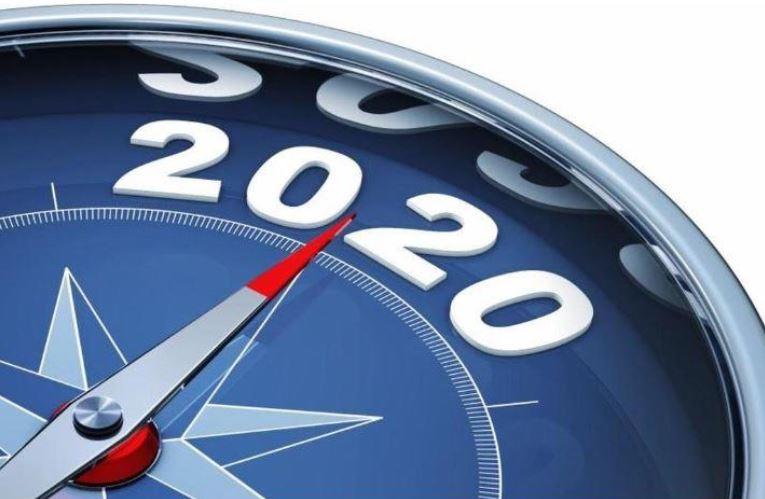With a heartfelt nod to Monty Python, Windows 7 would like you all to know that it’s not dead yet.
A year after Microsoft officially ended support for its long-running OS, a small but determined population of PC users would rather fight than switch. How many? No one knows for sure, but that number has shrunk substantially in the past year.
On the eve of Microsoft’s Windows 7 end-of-support milestone, I consulted some analytics experts and calculated that the owners of roughly 200 million PCs worldwide would ignore that deadline and continue running their preferred OS. That was, admittedly, a rough estimate. (If you want to do the math yourself, read my year-ago post, “It’s 2020: How many PCs are still running Windows 7?”)
During the holiday lull at the end of 2020, I decided to go back and run the latest version of those analytics reports. They tell a consistent story.
Let’s start with the United States Government Digital Analytics Program, which reports a running, unfiltered total of visitors to U.S. websites over the previous 90 days. One of the datasets includes a report of visits from all PCs running any version of Windows, which makes it an ideal proxy for this question.
At the end of December 2019, 75.8% of those PCs were running Windows 10, 18.9% were still on Windows 7, and a mere 4.6% were sticking with the unloved Windows 8.x.
A year later, as December 2020 draws to a close, the proportion of PCs running Windows 10 has gone up 12%, to 87.8%; the Windows 7 count has dropped by more than 10 points, to 8.5%, and the population of Windows 8.x holdouts has shrunk even further, to a minuscule 3.4%. (The onetime champion of PC operating systems, Windows XP, is now nearly invisible, with its device count adding up to a fraction of a rounding error.)
If my calculations a year ago were on the mark, that means more than 100 million Windows PC were retired, recycled, or upgraded in the past 12 months.
Other metrics tell a nearly identical story.
At NetMarketShare, for example, the numbers at the end of 2020 show Windows 10 usage up 11 points, from 63.0% to 74.0%, while Windows 9 usage dropped 9.5 points, from 31.2% to 21.7%.
Likewise, StatCounter Global Stats showed the number of PCs running Windows 10 increased more than 12 percent, from 64.7% to 76.0%, while the Windows 7 PC population dropped nearly 10 points to 17.7%.
Turning those percentages into whole numbers isn’t a matter of simple division, unfortunately, because we don’t know the denominator. Microsoft has told us for years that the Windows user base is 1.5 billion, but I argued a year ago that the number of Windows PCs is probably much lower than that, even with a pandemic-induced resurgence in PC sales. Even allowing for that uncertainty, it’s clear that at least 100 million PCs are still running Windows 7, and that number could be significantly higher.
Some of those holdouts are paying Microsoft for the privilege of receiving security updates, although it’s not clear how many are part of the Extended Security Update program. And those customers will face more pressure to upgrade in 2021 as the cost of those updates is set to double.
